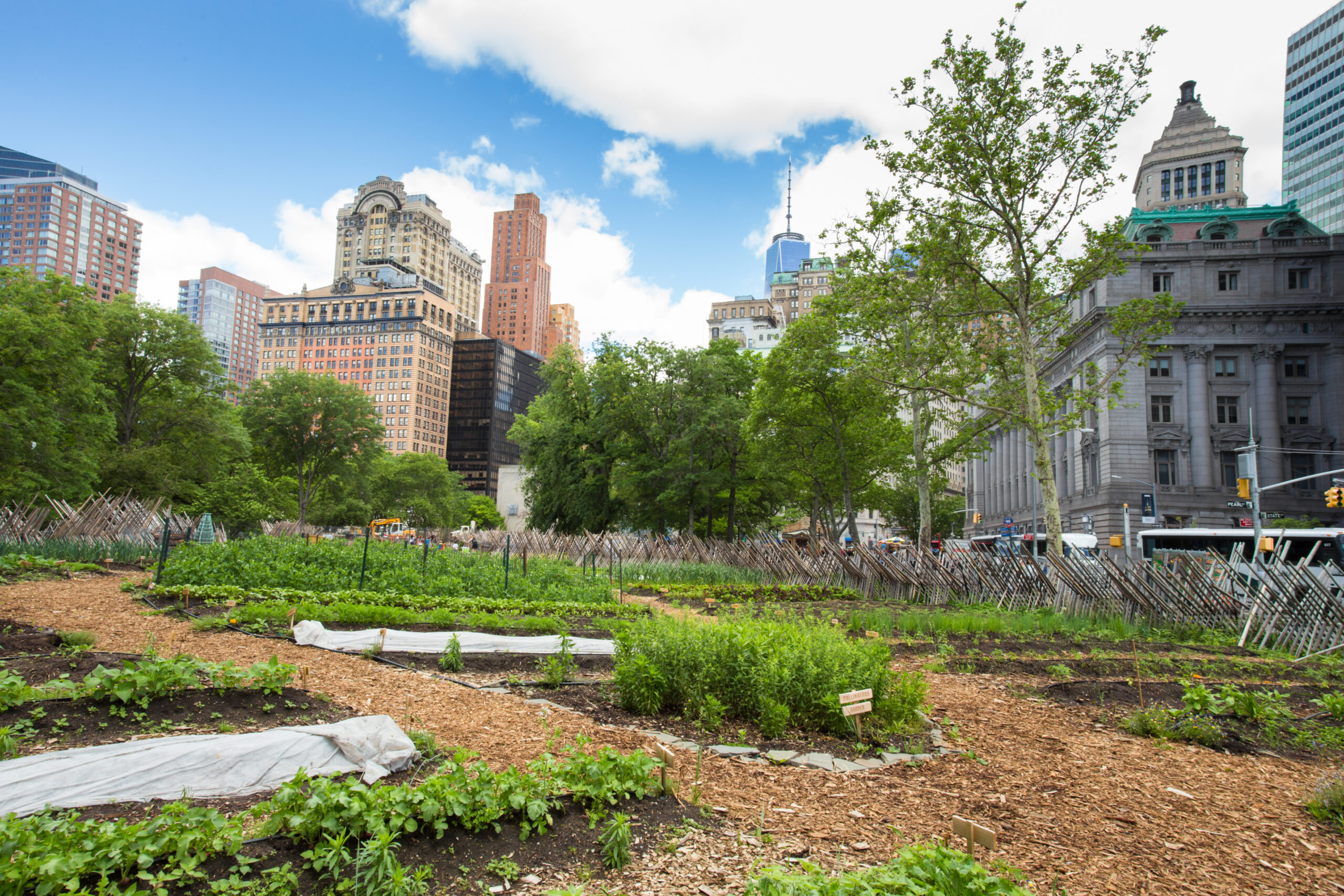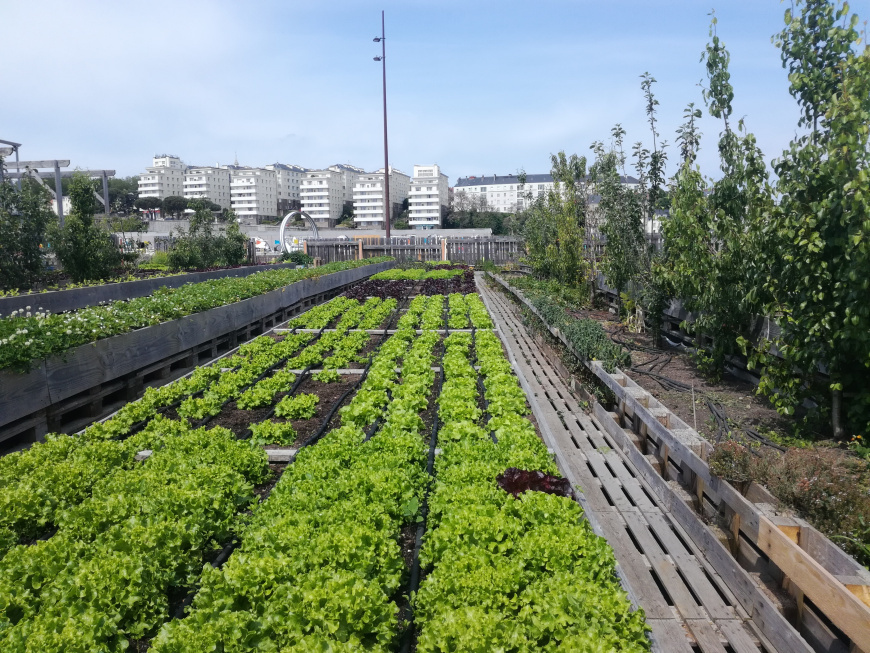City Blooming Fundamentals Explained
4 Easy Facts About City Blooming Shown
Table of ContentsSome Known Questions About City Blooming.The 2-Minute Rule for City BloomingThe Single Strategy To Use For City BloomingThe Definitive Guide for City BloomingSome Known Incorrect Statements About City Blooming
Interested in expanding food available in the City of Chicago? Considering starting a neighborhood yard? Modifications to the Chicago Zoning Ordinance permit farming uses like community yards and city farms in many parts of the city. Below is a listing of often asked inquiries relating to the regulations and policies that growers ought to consider when preparing a metropolitan farming task.
The zoning modification does not customize any type of various other codes managing composting, structure licenses, buying or renting City owned property, organization licenses or ecological contamination. There are existing codes that regulate these issues and they continue to be in full impact and may be suitable to your task. Community gardens are normally had or managed by public entities, public companies or community-based companies and preserved by volunteers.
Urban ranches expand food that is intended to be sold, either on a nonprofit or for-profit basis. Because of their business objective, city ranches need a company permit. Yes. An area yard is allowed to offer surplus create that was grown on site if the sales are accessory or subordinate to the garden's main purpose explained above.
Not known Details About City Blooming
The quantity of garden compost material can not go beyond 25 cubic backyards at any kind of offered time according to the criteria in 7-28-715 of the City's Municipal Code. Because the soil at most brand-new garden websites requires modifying, garden compost, dirt, wood chips, or other materials can be gotten to construct or enhance the expanding area.

If a building authorization is needed after that the hoophouse will be thought about an accessory building. You can discover even more about the structure permit requirements by calling the Department of Buildings. The 25,000-square-foot size restriction is planned to stop a solitary community garden from dominating an offered block or diminishing the block's existing property or industrial character.
The restriction does not use to yards located in Public Open Space (POS) areas. Can there be more than one community garden that is 25,000 square feet on a solitary block? Fence is not called for, however, yards that have huge parking areas might be called for to set up fencing or various other landscape design features.
The Single Strategy To Use For City Blooming
B1 & B2 areas require that all business usage activities be conducted inside. R districts limit industrial task. The regulations reflect the purpose and intent of the Zoning Code. Is fencing needed for urban ranches? Yes. Fencings may be needed, together with landscape design and screening, for sure parking lot and exterior job or storage locations relying on location and the certain task occurring.
Yes. Urban ranches call for structure licenses and zoning authorizations prior to construction. Various other types of city evaluation may be needed depending upon specific frameworks, activities, dimension, landscaping, licensing, public health and stormwater monitoring concerns. Much of these demands are identified in the job layout or allowing process, nevertheless, the candidate may be liable to separately recognize certain licenses or allows that may be called for.
Yes. The sort of permit is figured out by what is happening at the site. The Division of Organization Matters and Consumer Security can help identify the certain kind of company license that's needed. Yes. Off street parking is required for the majority of business projects in Chicago. The needed variety of car parking rooms is based upon the variety of workers functioning on site and not the square video footage of the growing area.
9 Easy Facts About City Blooming Shown

Yes. A metropolitan farm can sell compost product generated on site, nonetheless, the procedure should abide by the regulations in 7-28-715 of the Chicago more info here Municipal Code. Yes. Aquaponic systems are permitted inside your home on urban ranches in lots of zoning districts. A zoning evaluation and structure authorization is required in order to set up frameworks or systems and a company license is required as defined over.
Approximately 5 hives or swarms of honey may be kept as an accessory use. Nonetheless, beekeepers should register with the Illinois Department of Farming. For more info regarding the suggested zoning change you may get in touch with the Division of Housing and Economic Growth, Bureau of Planning and Zoning at 312.744.8563.
, which takes place in rural locations at the side of suburbs.
Not known Details About City Blooming
It can include a movement of organic farmers, "foodies" and "locavores", who seek to create social networks based on a common principles of nature and area holism. These networks can develop using official institutional support, ending up being integrated right into local community preparation as a "change community" movement for lasting urban development.
Some of the first evidence of city agriculture comes from Mesopotamia.